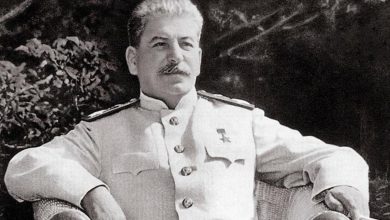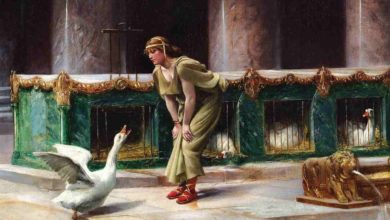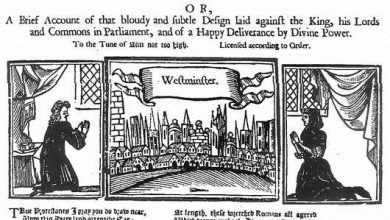The Euro’s Ancestor: the Latin Monetary Union

The Euro is the common currency of most EU Member States and a striking concept in its uniqueness. It is the common currency of 19 countries – 25 if you count non-EU microstates that have a special authorisation to use it and the countries that unilaterally adopted it (Montenegro and Kosovo). It is a common currency that managed its way onto the podium of the strongest currencies on the planet, with the aim of even challenging the dollar’s supremacy. But the Euro is not the first monetary union with a European or even international scope. The Latin Monetary Union (or LMU) had the same goal and lasted for more than half a century, from 1865 to 1927.
Napoleon III’s creation
Napoleon I introduced the gold franc standard in 1803, which had the precise measurements and metal composition needed to have a stable currency. Half a century later, in 1865, Napoleon III used this same standard to model the Latin Monetary Union on. The LMU had both gold and silver coins, set at an exchangeable ratio of 1:1.15, effectively making the currency function on bimetallism.
The idea was to have national currencies follow the LMU standard, so all member states could use each other’s currency and know for certain that the value of the coins was the same. On the 23rd of December 1865, the LMU treaty was signed by France, Belgium, Italy, and Switzerland. All four countries could issue coins under the Latin Monetary Union standard mentioned in the treaty, which would then be accepted in any of the other partner countries. This meant that, for example, French merchants accepted Lire and Italian merchants accepted Francs. The goal was to promote commerce and exchanges between the signatory countries.
The Expansion of the Latin Monetary Union
The idea had a stunning success and attracted other nations to join the Union. Greece joined in 1867 and started minting its Drachma under LMU standard. Then Spain and Romania started the talks to join the Union, but the negotiations failed. Nevertheless, both decided to unilaterally mint their currencies to respect the LMU standard.
Negotiations happened with Austria-Hungary, but they ended rejecting the change, refusing to adapt to the concept of bimetallism as currency. They did, however, sign a separate treaty with France on gold coins and minted some gold Gulden (Forint) in LMU standard.
Other states joined the Union without signing the treaty: all French colonies had to transition to the LMU standard (including Algeria) in 1865, Peru joined in 1863, Colombia and Venezuela in 1871, Finland in 1877, Serbia in 1878 and Bulgaria in 1880. At that point, the LMU already expanded much further than simply a European currency. Finally, when Albania gained its independence from the Ottoman Empire in 1912, it used coins from all over the LMU instead of keeping the Ottoman Lira, before it adopted its own currency in 1925.

Why it failed
Despite its apparent success, the LMU was deeply flawed and several critical mistakes were made in its set up and development. Key downfalls were the abuse and the breaches of the treaty. In 1866, the administrator of the Papal Treasury, Giacomo Antonelli, decided to increase the Vatican’s silver coinage by the equivalent of Belgium’s total. To mint this enormous amount of money, he changed the amount of prescribed metal in the coins, in direct violation of the treaty. The Papal coins flowed in the Union and debased the currency, proving very profitable for the Vatican. But the French and Swiss Banks rejected the Papal coins (despite Napoleon III’s tacit agreement with Giacomo Antonelli). The Papal States were ejected from the Union in 1870, owing 20 million Lire (the equivalent of almost 83 million Euro today).
Greece did the same thing as the Vatican in the beginning of the 20th century, lowering the amount of gold to save its economy and hence debasing the value. They were expelled in 1908, but eventually readmitted in 1910. France and Italy, too, abused the LMU by printing paper money based on the bimetallic currency, which was technically outlawed. The two countries printed an extensive amount of money to finance their projects, while other Union members had to bear the costs.
Another critical problem, perhaps the main one, was that bimetallism is subject to fluctuation in the value of the two metals used, gold and silver. New silver extraction and refining techniques, huge increase in silver imports by France and Belgium, and a natural decrease in silver value led to huge stress on the Union’s economy. The exchange rate of 1:1.15 was no longer the reflection of the real value.

The Germans used this to their advantage, exchanging overvalued silver coins for gold coins that they would insert in their own monetary union, the Zollverein. In response to this, the mintage of silver coins was entirely suspended in 1878. From this date to the end, the LMU became de facto gold standard only. Payment in silver was still allowed, but customs were only in gold.
The previous failures completely destabilise the Union, with World War I giving the final blow to the project and ending all monetary collaboration. While the LMU was only officially dissolved in 1927, in practice its use really disappeared at the beginning of the war.
The Impact of the Latin Monetary Union
The primary goal of the Union was to nurture international trade and to bring the countries closer. While Napoleon I tried to unite Europe by force, Napoleon III tried to unite Europe through its currency. However, looking back, most economists agree that it only had a limited impact on trade. The period between 1865 and 1874 was the only moment where real increase in international trade with positive effects on the economy was visible.
Unlike the Zollverein, which was one of the key factors of Germany’s unification, the LMU failed to bring the countries closer. Its numerous flaws were fatal for anything to happen. It however inspired the creation of the similar Scandinavian Monetary Union, a union formed by Denmark and the United Kingdoms of Sweden and Norway. It also served as a model on which to take lessons from to avoid the mistakes made in the past to make the Euro a more sustainable currency.





